Brutal beauty: Mexico’s leading creative couple cement their passion for concrete
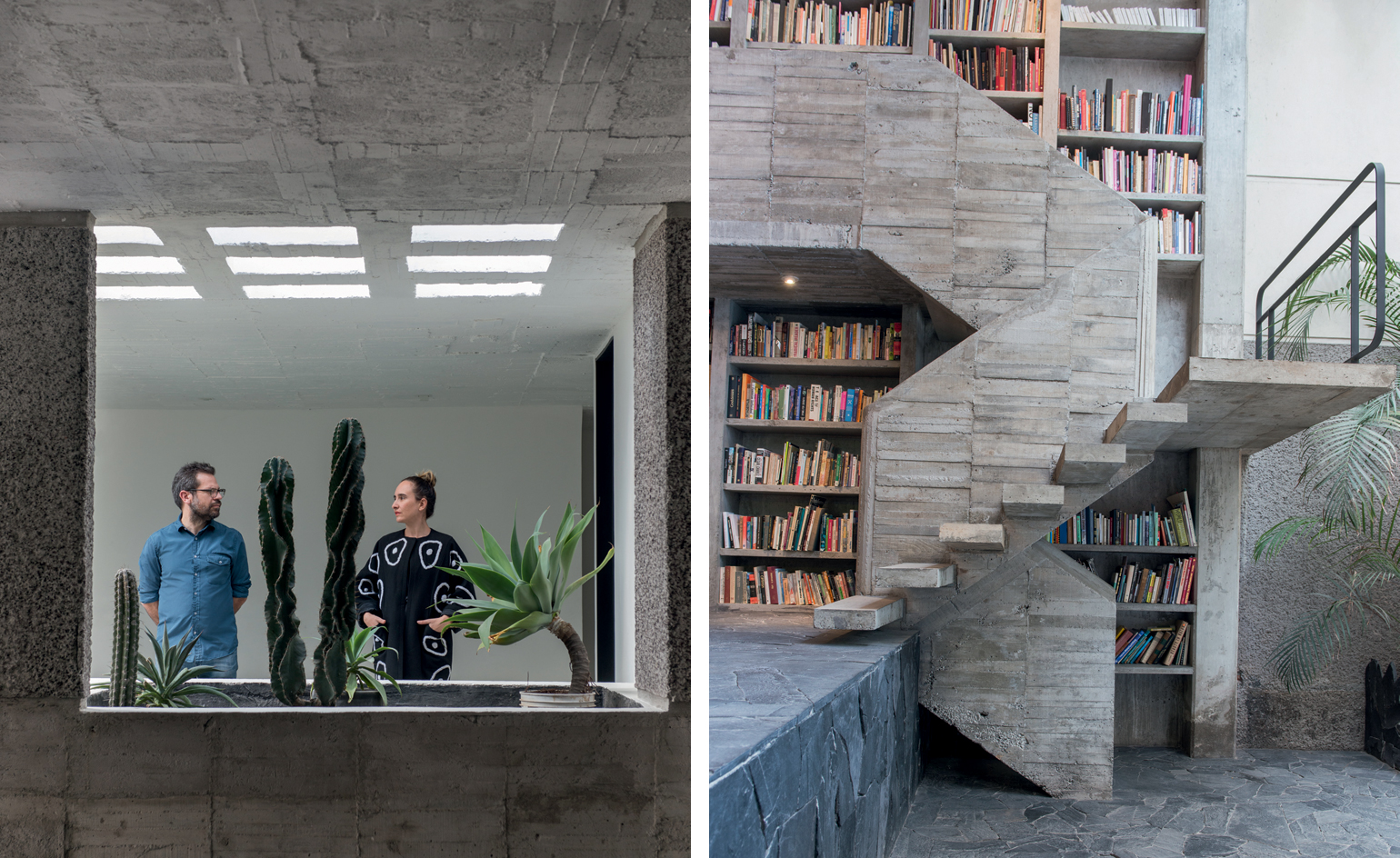
This is a dwelling for the caveman of the future; the ruins of a civilization, now extinct, which was more advanced than the one we’re living in now,’ explains Mexican artist Pedro Reyes. He’s referring to the house he’s built with his wife, fashion designer Carla Fernández, in Coyoacán, in the south of Mexico City.
Ancient Aztecs meet The Martian Chronicles in the form of hammered concrete walls, chunky furniture hewn from volcanic stone and an abundance of rich, overblown greenery. A ‘pyramid’ at one end is Carla’s studio, a yard behind it will be Pedro’s. It’s currently a ramshackle plot occupied by the team of artisans that is helping finish the house.
The couple is in good company in Coyoacán. Fellow artists Damián Ortega and Gabriel Orozco are nearby, Frida Kahlo was born locally, and it’s where her pal, the exiled Leon Trotsky, was murdered in 1940. Those in Mexico’s creative circles joke that Carla and Pedro are the modern-day Frida and Diego (Rivera, Kahlo’s artist husband). Like their predecessors they are bon vivants – 600 guests came to their housewarming – and like their communist forebears, they are politically engaged.
In 2008, Reyes set up Palas por Pistolas ('guns for shovels') in the city of Culiacán, a project that resulted in the military collecting 1,527 guns in exchange for coupons for domestic appliances. The weapons were melted down and turned into 1,527 shovels used to plant trees across the city and beyond. In subsequent projects, Imagine (2012) and Disarm (2013), he turned destroyed weapons into musical instruments. Lisson Gallery founder Nicholas Logsdail, who represents Reyes, says: ‘His work is both symbolically and actually transformative, evidenced particularly in monumental and far-reaching projects such as Disarm and Sanatorium.’ (The latter is a transient ‘clinic’ first set up at New York’s Guggenheim Museum in 2011 to provide therapies and placebos for 21st-century ailments.)
Before becoming an artist, Reyes trained as an architect at the Ibero-American University in Mexico City. His plan in designing the house was to transform his 1,000 sq m home from a ‘1980s monstrosity with an indoor pool and various eccentricities’ into a modern space that ‘includes hints of all of Mexico’s many modernities’. A stone floor is inspired by the nearby Anahuacalli Museum, the ‘temple’ designed by Rivera in 1957 as a depository for his collection of 60,000 pre-Hispanic artifacts. Elsewhere, hammered concrete floors and walls were inspired by the Mexican brutalists, in particular 89-year-old Teodoro González de León, who built many landmarks across the capital.
‘The use of concrete is very canonical, very clichéd, but it has many possibilities,’ says Reyes, pointing out the handmade bricks covered with a wax-like concrete paste, which he developed with his men. ‘There’s a palette of finishes still waiting to be recovered from brutalism.’
The couple also designed much of the furniture. The lava-stone master bath and basin and the concrete kitchen table are artworks in themselves. A ceiling light, made of copper tubes threaded through electrical wire, is inspired by Buckminster Fuller, as is a 4m-high geodesic dome being completed in the living room. It’s for a show this autumn at the 21st Century Museum of Contemporary Art in Kanazawa, Japan.
Reyes’ sign language-inspired ‘Mano-Sillas’ chairs appear alongside international and Mexican midcentury classics from the likes of Charles and Ray Eames and Clara Porset, and simple rural pieces such as milking stools, leather butaque chairs and seats woven from palm fronds. ‘The technique was used by the Aztecs and has been recovered by the design-conscious, but not in any official way,’ says Reyes. ‘It would be great to make them on a large scale in other raw materials.’
Revisiting ancient indigenous skills and developing a modern Mexican language lies at the heart of Fernández’s work, in particular. For 15 years she has built her label on high-fashion interpretations of traditional Mexican garments. Both her boutiques in Mexico City sell her ready-to-wear dresses, shawls, scarves and rebozos, and her mobile fashion laboratory Taller Flora rolls from one indigenous people to another and results in a demi-couture line. In 2013 she published her book, The Barefoot Designer: a passion for Radical Design and Community, in which she declares the future is handmade. It’s accompanied by an exhibition on the process of making, which has recently travelled to museums in LA and Asia.
Between them, the couple has an impressive collection of textiles and art. Fernández is drawn to fine cottons from the town of Xochistlahuaca in Guerrero that are dyed with mud, cochineal, indigo and snails and loves the thick, rough wools from the highlands of Chiapas, Puebla and Tlaxcala. Her tablecloths are embroidered with fantastical animals by shamans from Hidalgo. Reyes swaps works with contemporaries such as Spanish artist Santiago Sierra while collecting Mexican works from the likes of Ernesto Mallard and the late Mathias Goeritz.
Between the master bedroom and the two children’s bedrooms is space for one of ‘the best hammocks in Mexico’. These are woven by women from cooperatives in Izamal in Yucatán and Calkiní in Campeche, take two months to make and can sleep a family of four. So hectic are the couple’s schedules that finding the time to curl up in their hammock is a fantasy rather than a reality. Time for that later. Right now, their unique version of mexicanidad is in hot demand, and it’s their mission to provide it.
As originally featured in the December 2015 issue of Wallpaper* (W*201)
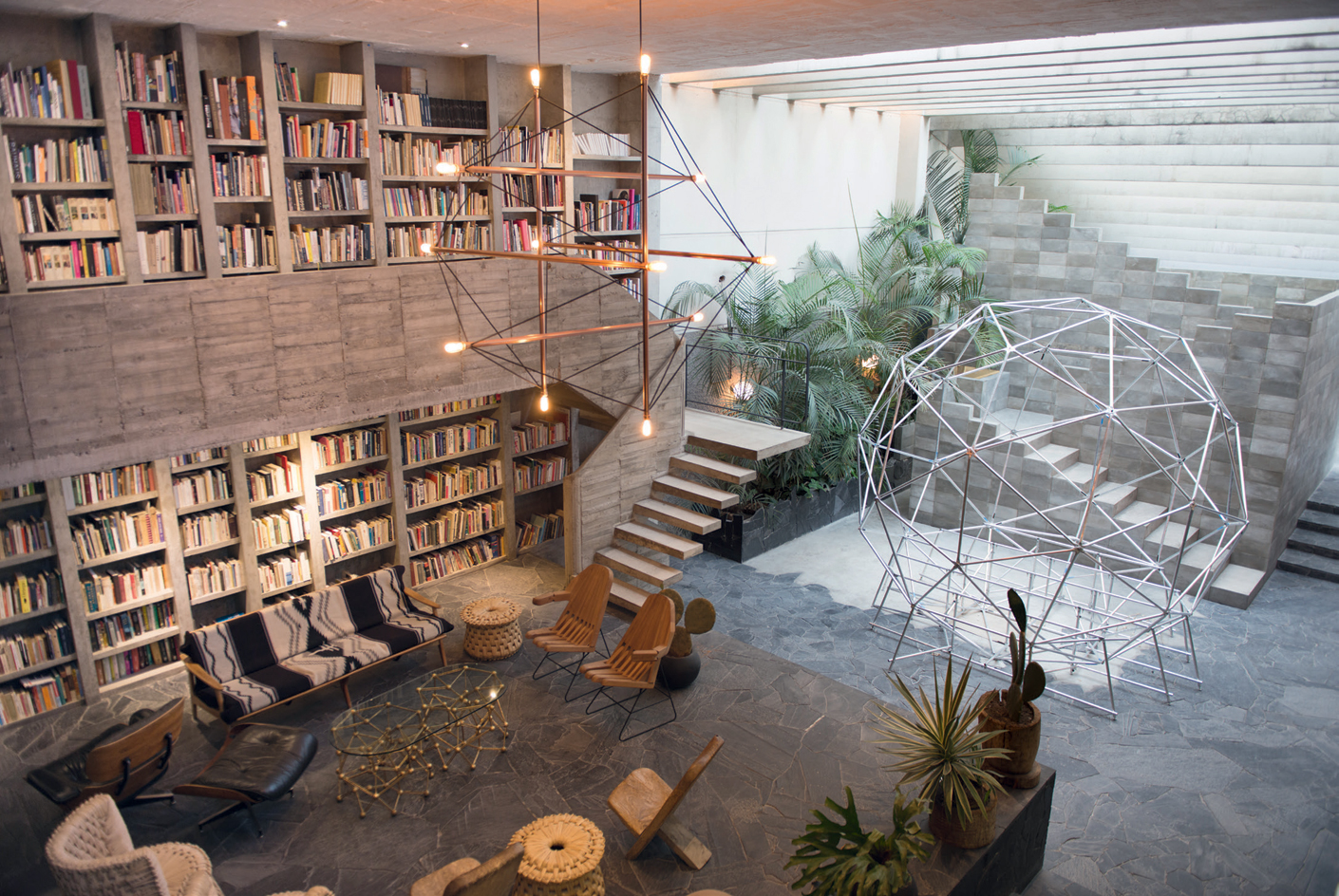
The living room features a ceiling light and geodesic dome inspired by Buckminster Fuller
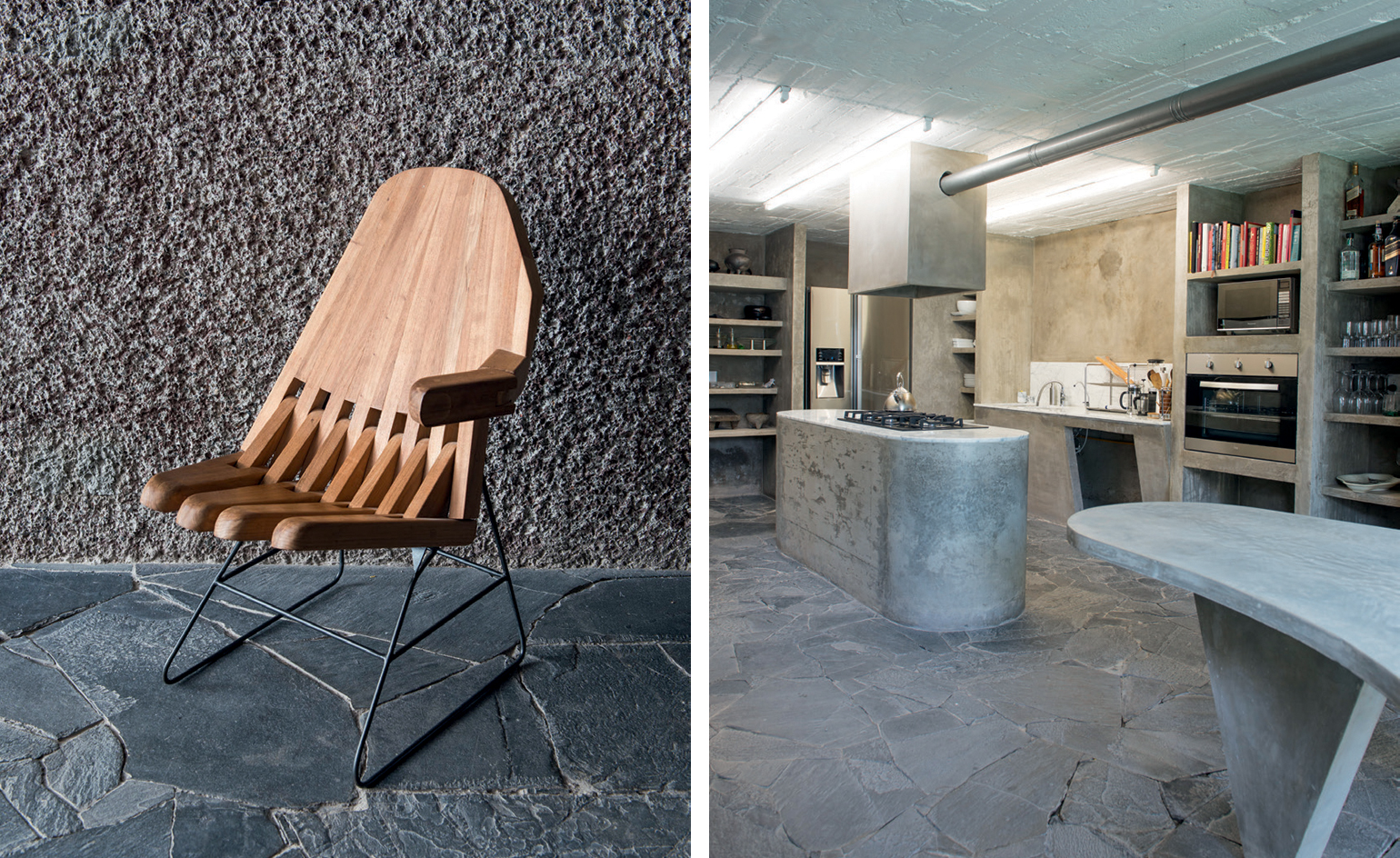
Pictured left: one of Reyes' 'Mano-Sillas' chairs, with articulated 'fingers' that can be manipulated to mimic hand gestures. Right: the couple designed the concrete table and kitchen themselves
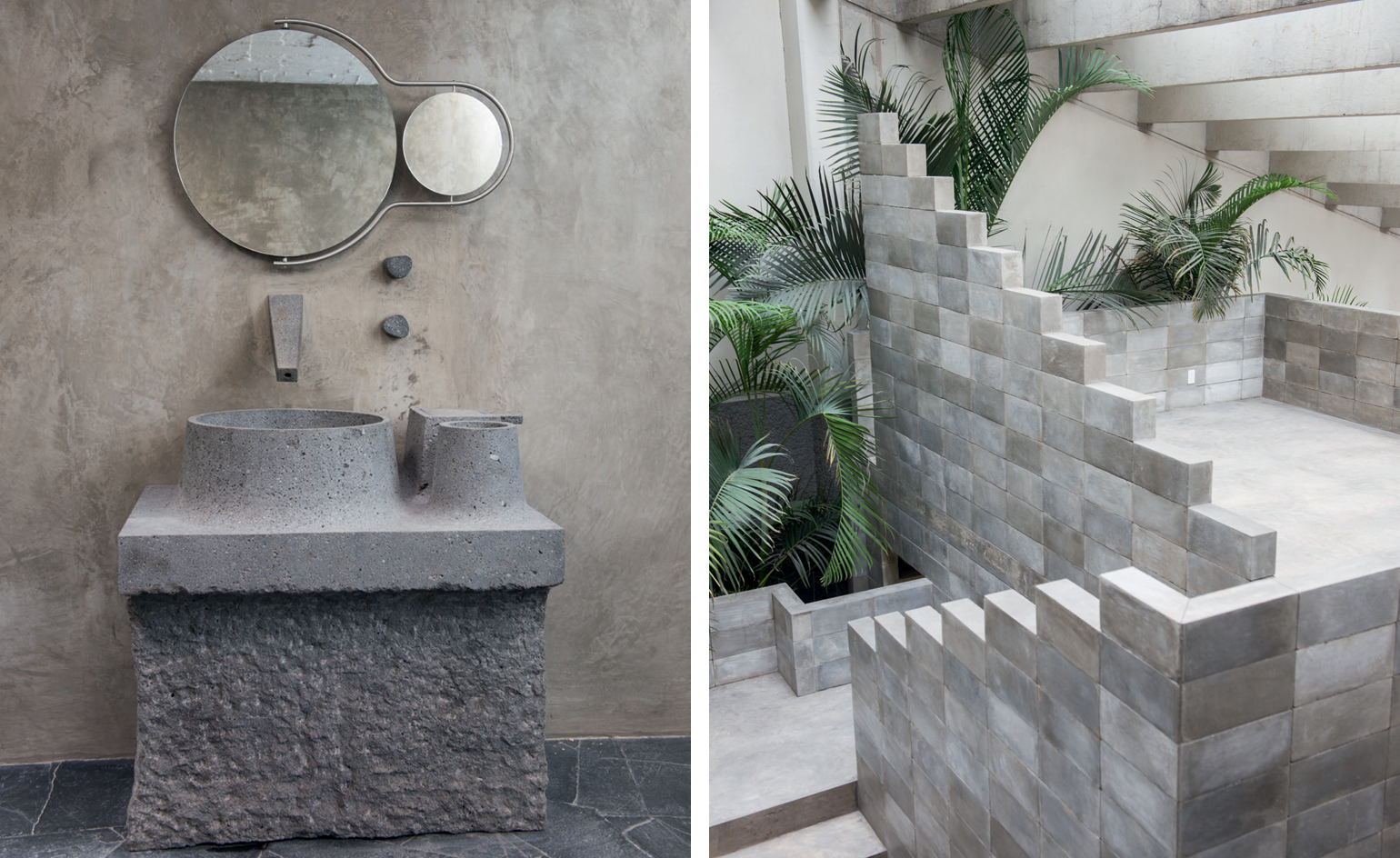
Pictured left: the concrete and lava stone basin and matching mirror in the master bathroom. Right: a staircase featuring handmade bricks covered in a wax-like concrete paste, which were developed by Reyes and his team

In the dining room, lush greenery and a bright yellow skylight bring a sense of the outdoors in
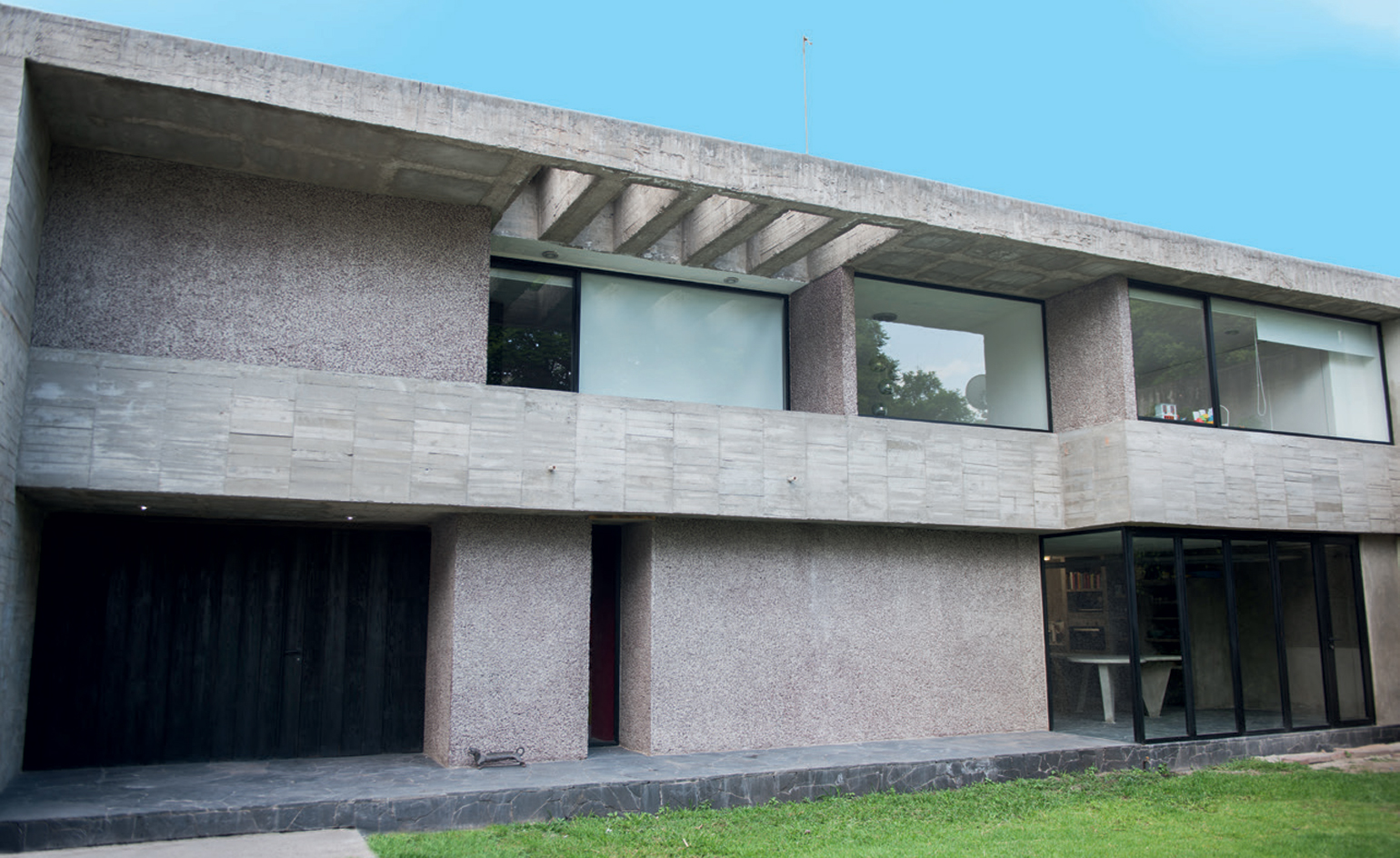
The house's facade, featuring walls in both hammered concrete and board-formed concrete
INFORMATION
For more information, visit Carla Fernández’ website, or Pedro Reyes’ website
Photography: Adam Wiseman
Receive our daily digest of inspiration, escapism and design stories from around the world direct to your inbox.
Emma O'Kelly is a freelance journalist and author based in London. Her books include Sauna: The Power of Deep Heat and she is currently working on a UK guide to wild saunas, due to be published in 2025.
-
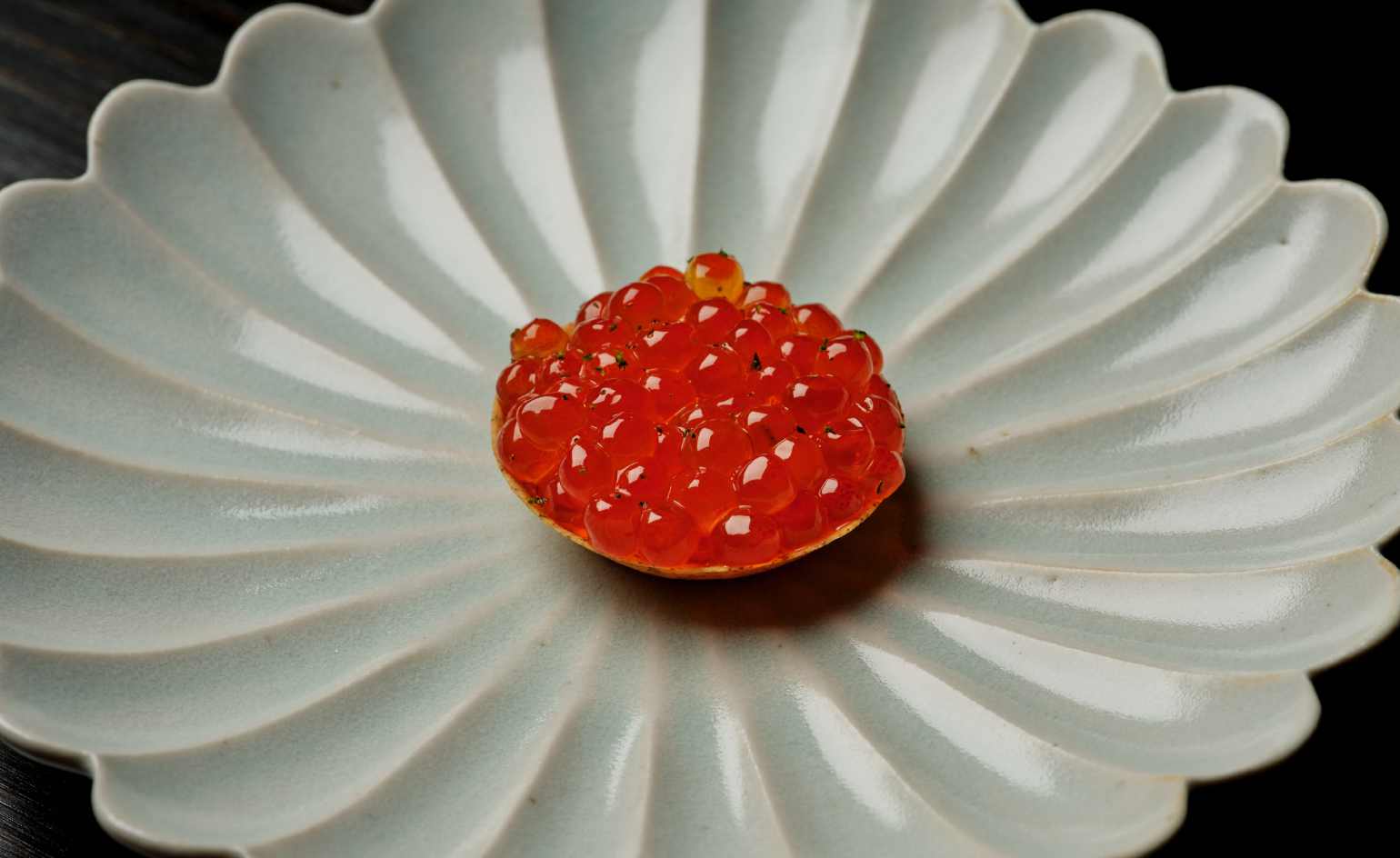 This cult Los Angeles pop-up restaurant now has a permanent address
This cult Los Angeles pop-up restaurant now has a permanent addressChef Brian Baik’s Corridor 109 makes its permanent debut in Melrose Hill. No surprise, it's now one of the hardest tables in town to book
-
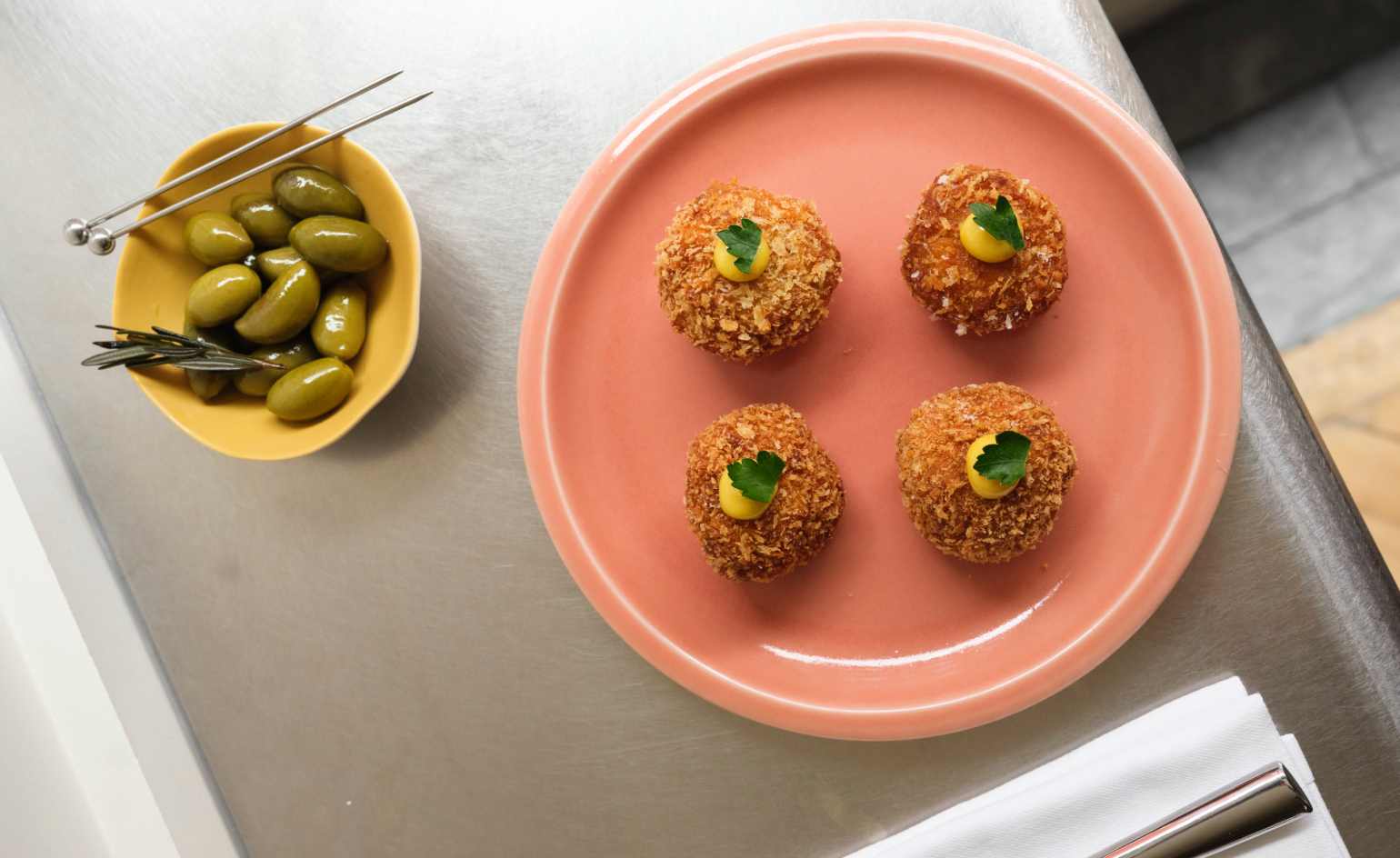 French bistro restaurant Maset channels the ease of the Mediterranean in London
French bistro restaurant Maset channels the ease of the Mediterranean in LondonThis Marylebone restaurant is shaped by the coastal flavours, materials and rhythms of southern France
-
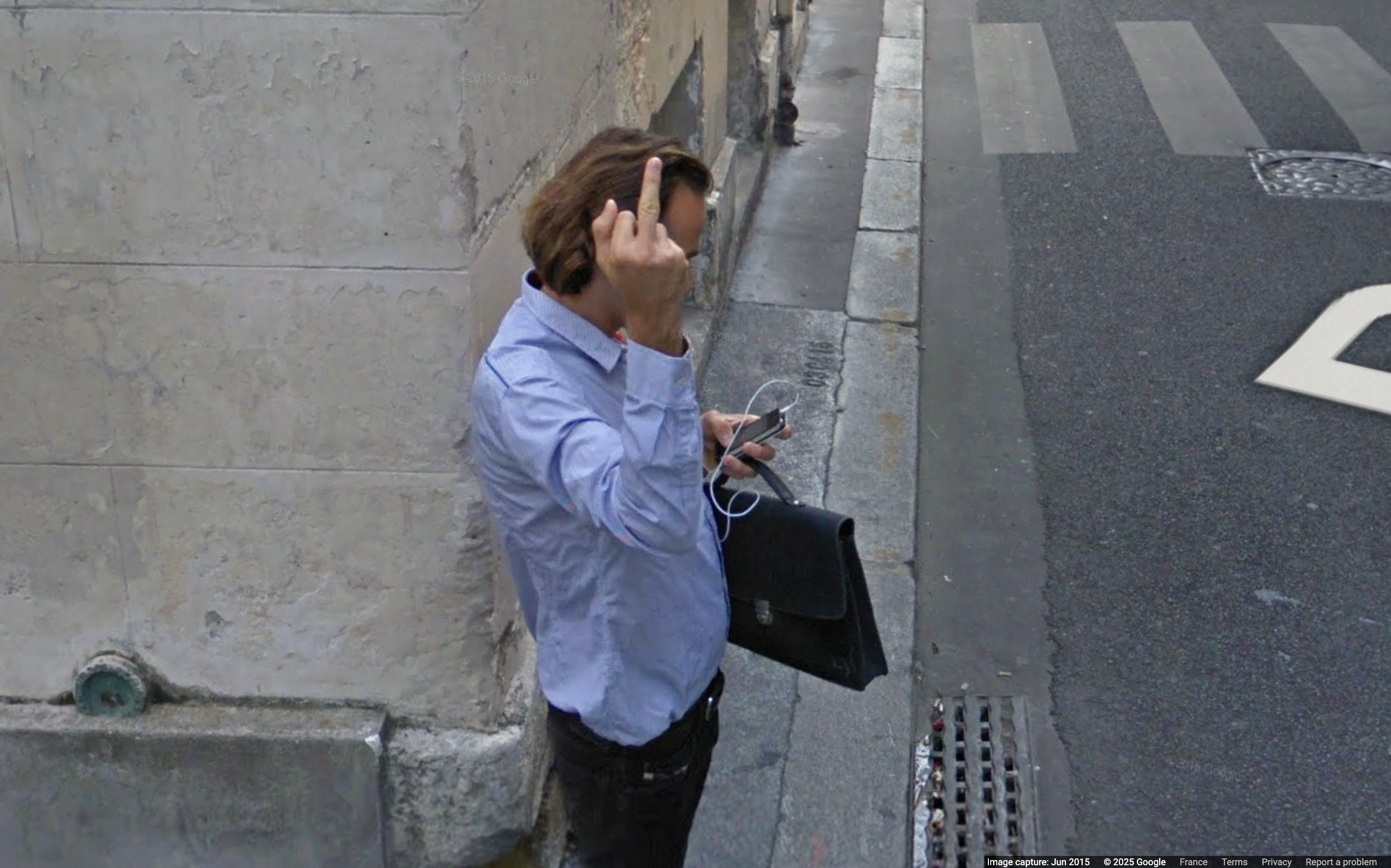 How ethical is Google Street View, asks Jon Rafman in Copenhagen
How ethical is Google Street View, asks Jon Rafman in CopenhagenIn 'Report a Concern - the Nine Eyes Archives' at Louisiana Museum of Art, Copenhagen, Jon Rafman considers technology's existential implications
-
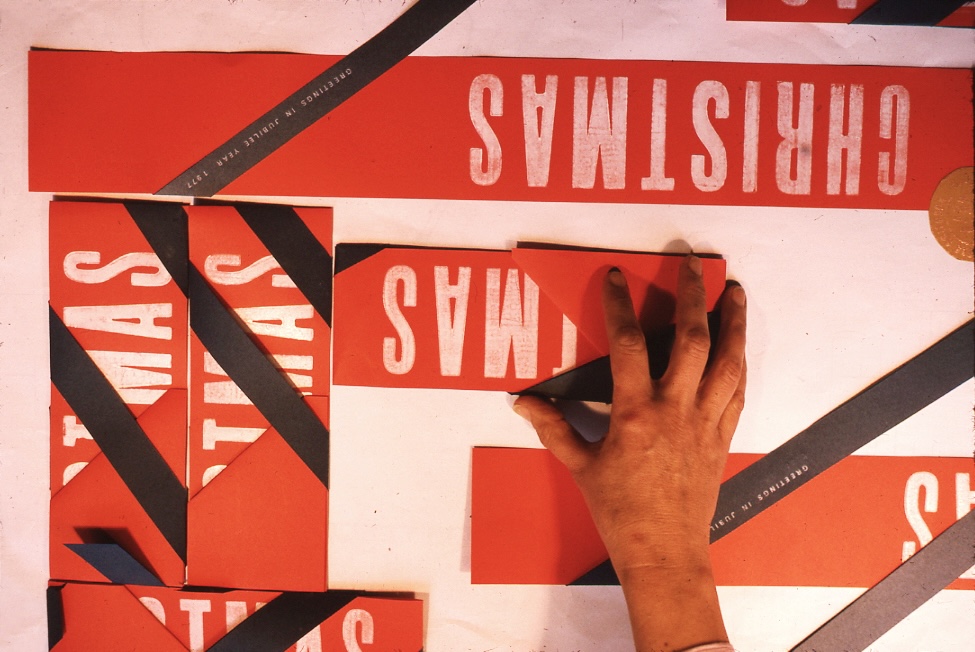 In addition to brutalist buildings, Alison Smithson designed some of the most creative Christmas cards we've seen
In addition to brutalist buildings, Alison Smithson designed some of the most creative Christmas cards we've seenThe architect’s collection of season’s greetings is on show at the Roca London Gallery, just in time for the holidays
-
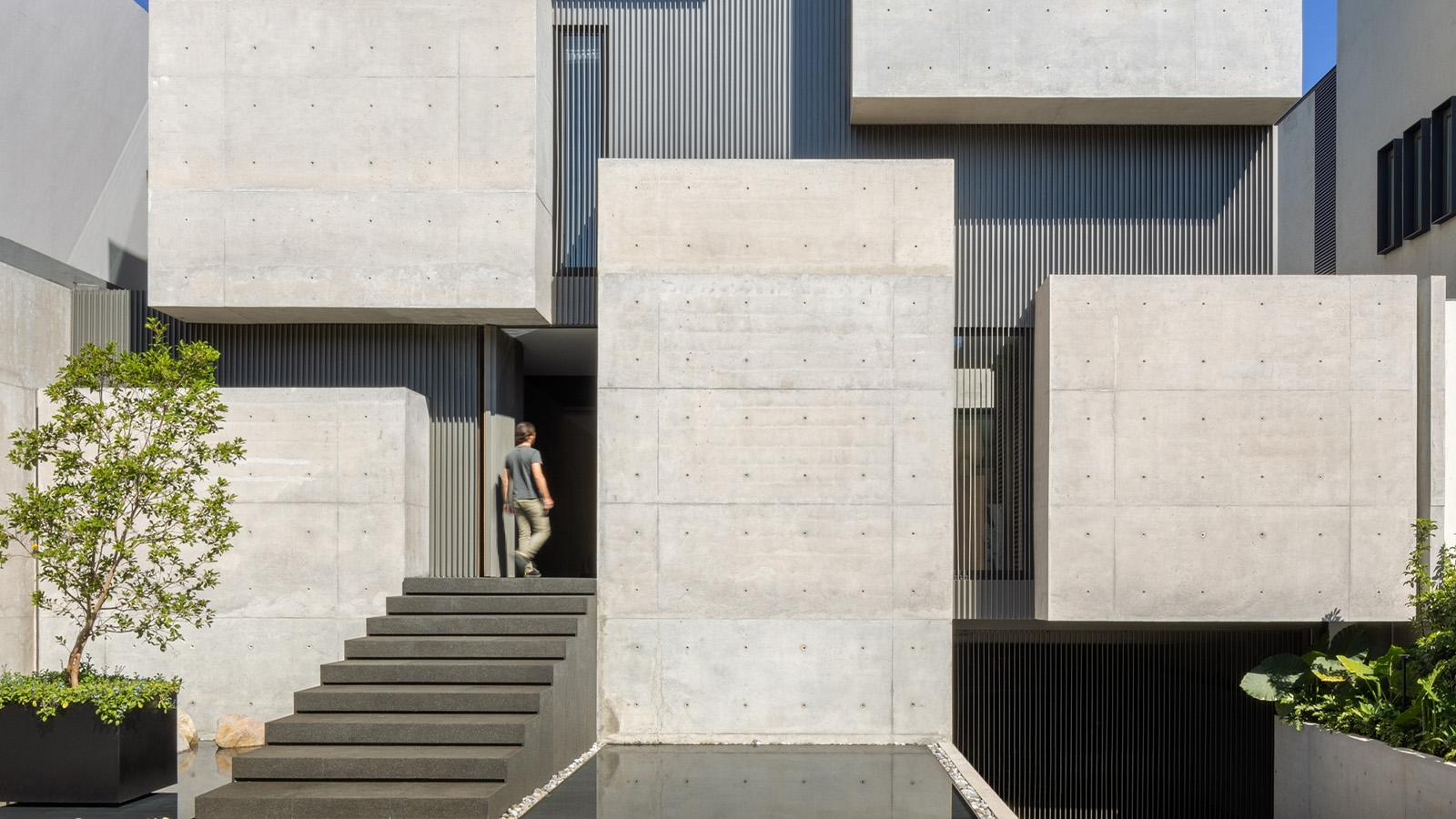 A cubist house rises in Mexico City, its concrete volumes providing a bold urban refuge
A cubist house rises in Mexico City, its concrete volumes providing a bold urban refugeCasa Ailes, a cubist house by Jaime Guzmán Creative Group, is rich in architectural expression that mimics the dramatic and inviting nature of a museum
-
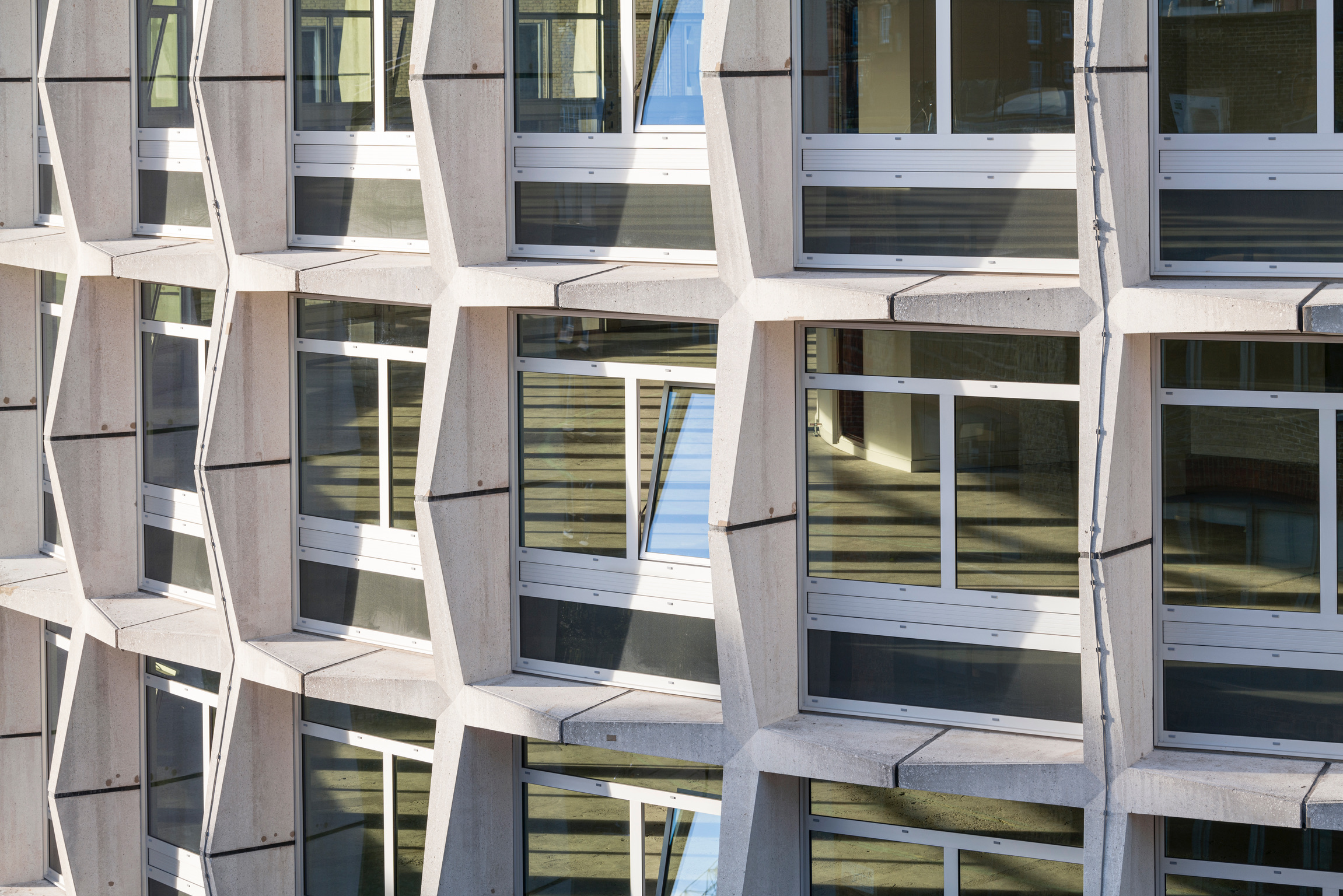 Richard Seifert's London: 'Urban, modern and bombastically brutalist'
Richard Seifert's London: 'Urban, modern and bombastically brutalist'London is full of Richard Seifert buildings, sprinkled with the 20th-century architect's magic and uncompromising style; here, we explore his prolific and, at times, controversial career
-
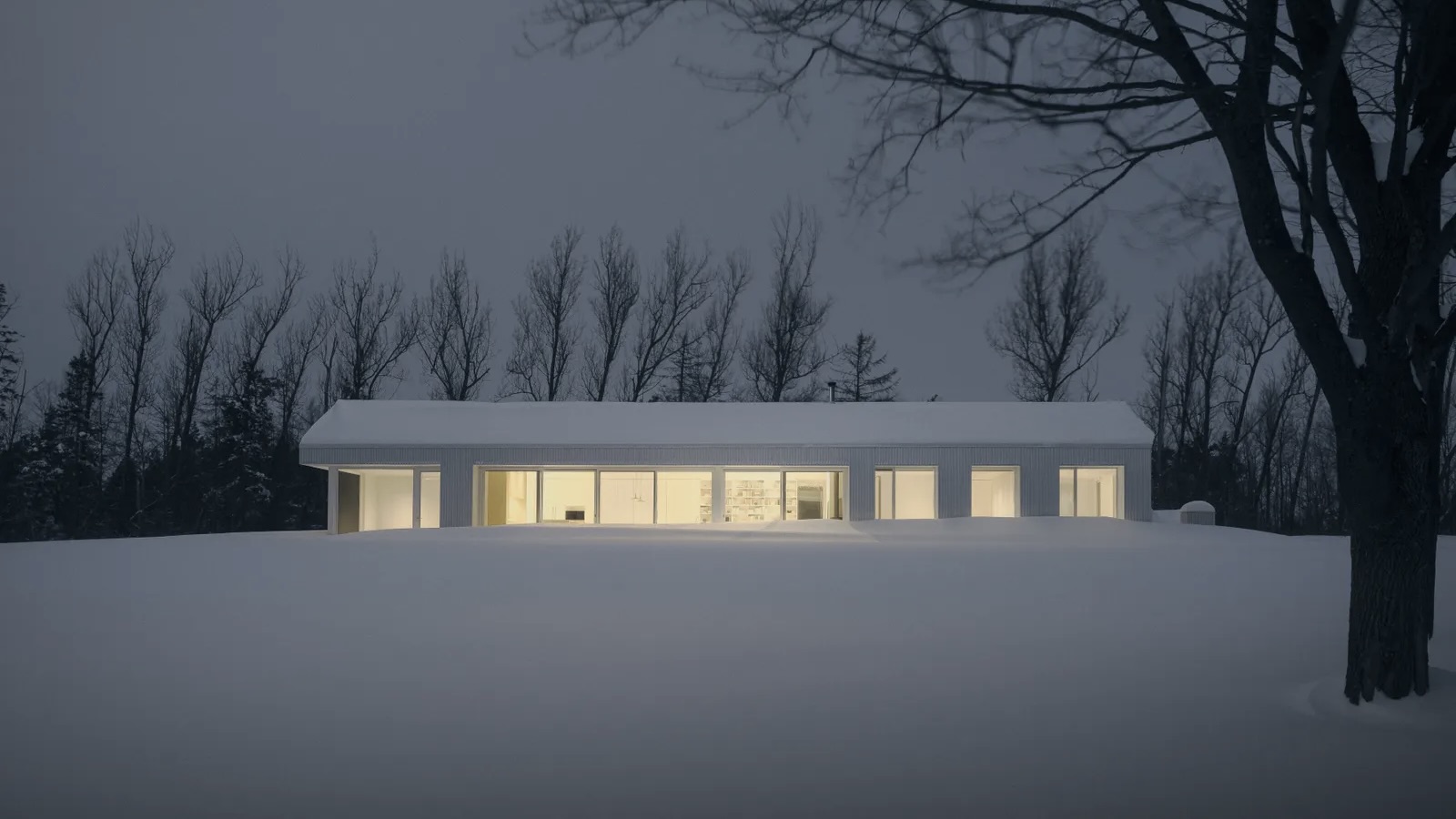 The Architecture Edit: Wallpaper’s houses of the month
The Architecture Edit: Wallpaper’s houses of the monthFrom Malibu beach pads to cosy cabins blanketed in snow, Wallpaper* has featured some incredible homes this month. We profile our favourites below
-
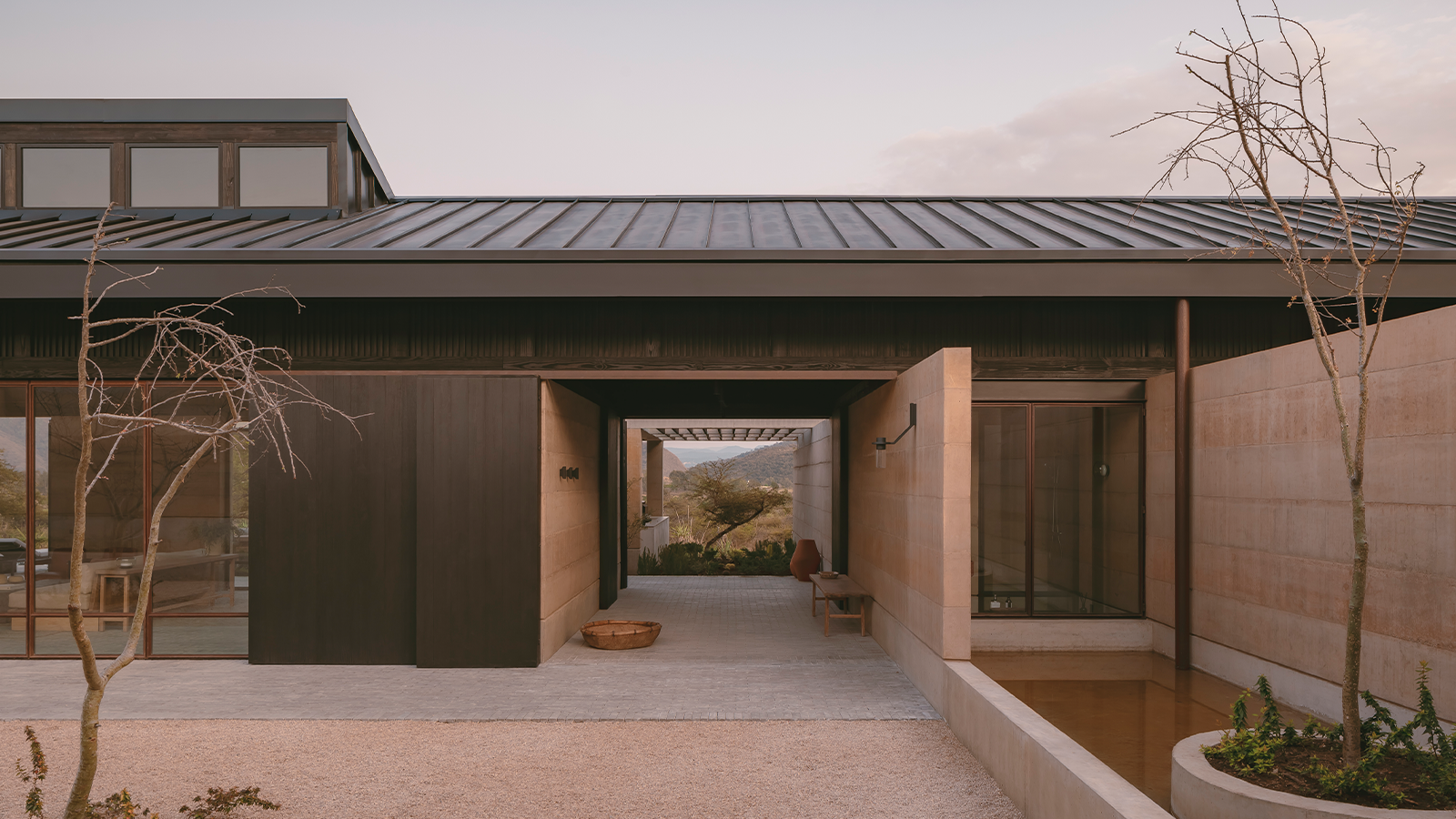 Serenity radiates through this Mexican home, set between two ravines
Serenity radiates through this Mexican home, set between two ravinesOn the cusp of a lakeside town, Mexican home Casa el Espino is a single-storey residence by Soler Orozco Arquitectos (SOA)
-
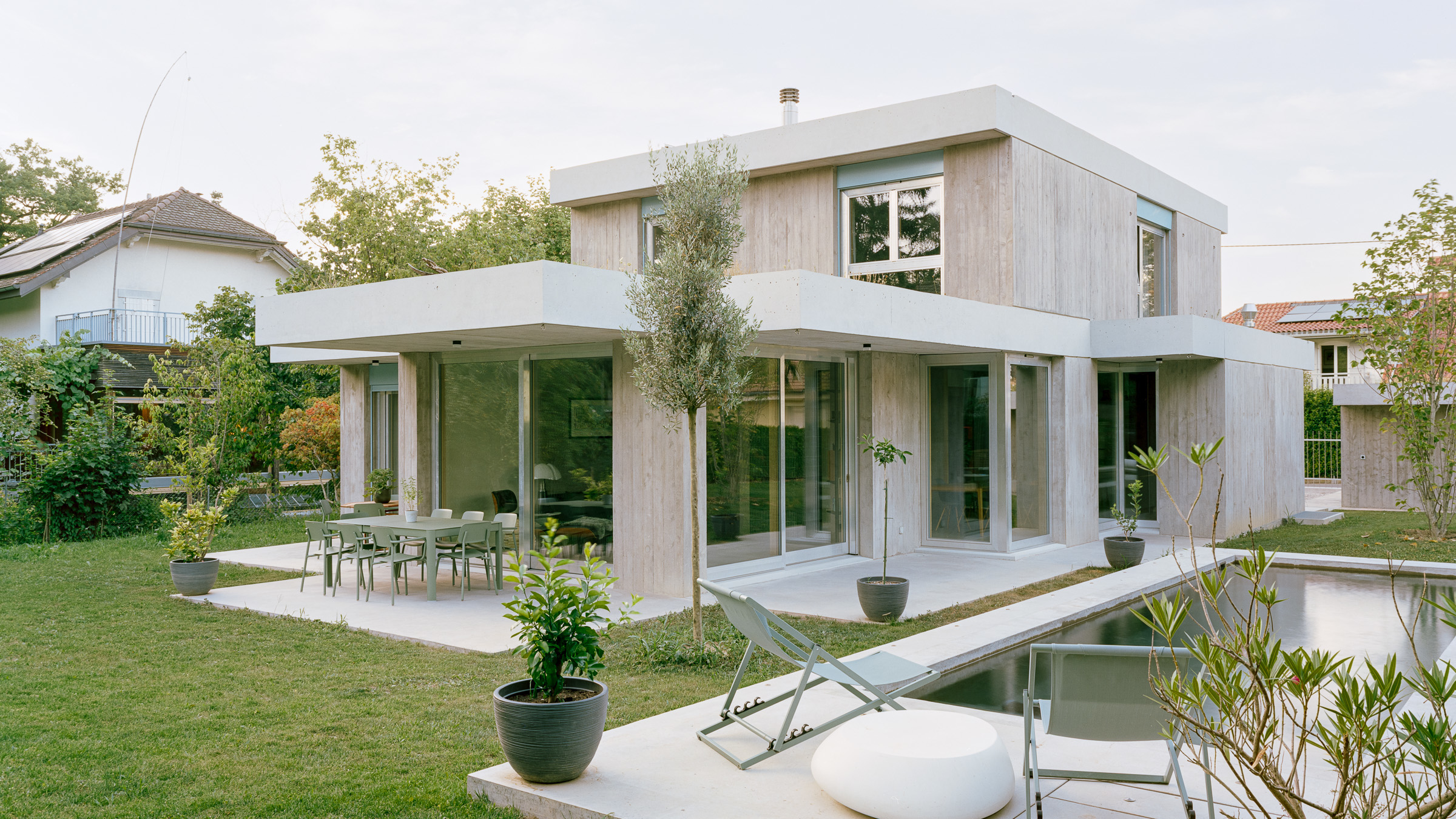 A neo-brutalist villa for an extended family elevates a Geneva suburb
A neo-brutalist villa for an extended family elevates a Geneva suburbLacroix Chessex Architectes pair cost-conscious concrete construction with rigorous details and spatial playfulness in this new villa near Geneva
-
 Cascading greenery softens the brutalist façade of this Hyderabad home
Cascading greenery softens the brutalist façade of this Hyderabad homeThe monolithic shell of this home evokes a familiar brutalist narrative, but designer 23 Degrees Design Shift softens the aesthetic by shrouding Antriya in lush planting
-
 Spice up the weekly shop at Mallorca’s brutalist supermarket
Spice up the weekly shop at Mallorca’s brutalist supermarketIn this brutalist supermarket, through the use of raw concrete, monolithic forms and modular elements, designer Minimal Studio hints at a critique of consumer culture